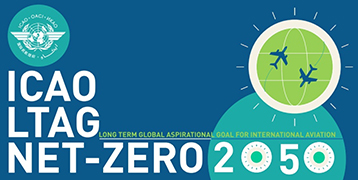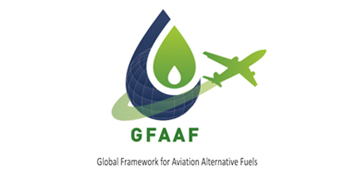Taking stock of the climate impact of the hydrogen pathways for the aviation sector by 2050
Energy Conversion and Management
FEATURED BOOK
The adoption of hydrogen as a viable alternative for kerosene in the aviation sector has attracted significant attention. However, comprehending the environmental impacts of hydrogen pathways is a complex endeavor that relies on the specific production pathways employed. The aim of this study is to provide a Well-to-Wake analysis by examining the environmental effects six distinct hydrogen production pathways. Moreover, this research provides an estimating of hydrogen leakage and its indirect effects on the atmosphere. To achieve this, besides use the Aviation Integrated Model, an extensive review of numerous articles is incorporated to determine the value of equivalent of carbon dioxide of production pathways. The research predicts that 12.2 Mt, 10.6 Mt, and 7.3 Mt of unburned hydrogen will permeate the atmosphere in 2050 across the high, medium, and low demand scenarios, respectively. The penalty factor, which quantifies the additional environmental impact of hydrogen pathways compared to conventional jet fuel, for electrolysis from renewable resources ranges from −1.37 to −0.02 kg of carbon dioxide equivalent per hectojoule (kg CO2eq/hJ) in the mid-demand scenario, while renewable thermal water splitting consistently maintains a negative penalty factor, reaching −0.30 kg CO2eq/hJ by 2050. In contrast, electrolysis from the existing electricity grid’s penalty factor is projected to increase dramatically from −1.27 to 12.23 kg CO2eq/hJ by 2050 under the mid-demand scenario.
Sustainable aviation fuel; Aviation emissions; Hydrogen leakage; Environmental implications; Well-to-Wake
3 total downloads



 Back
Back



